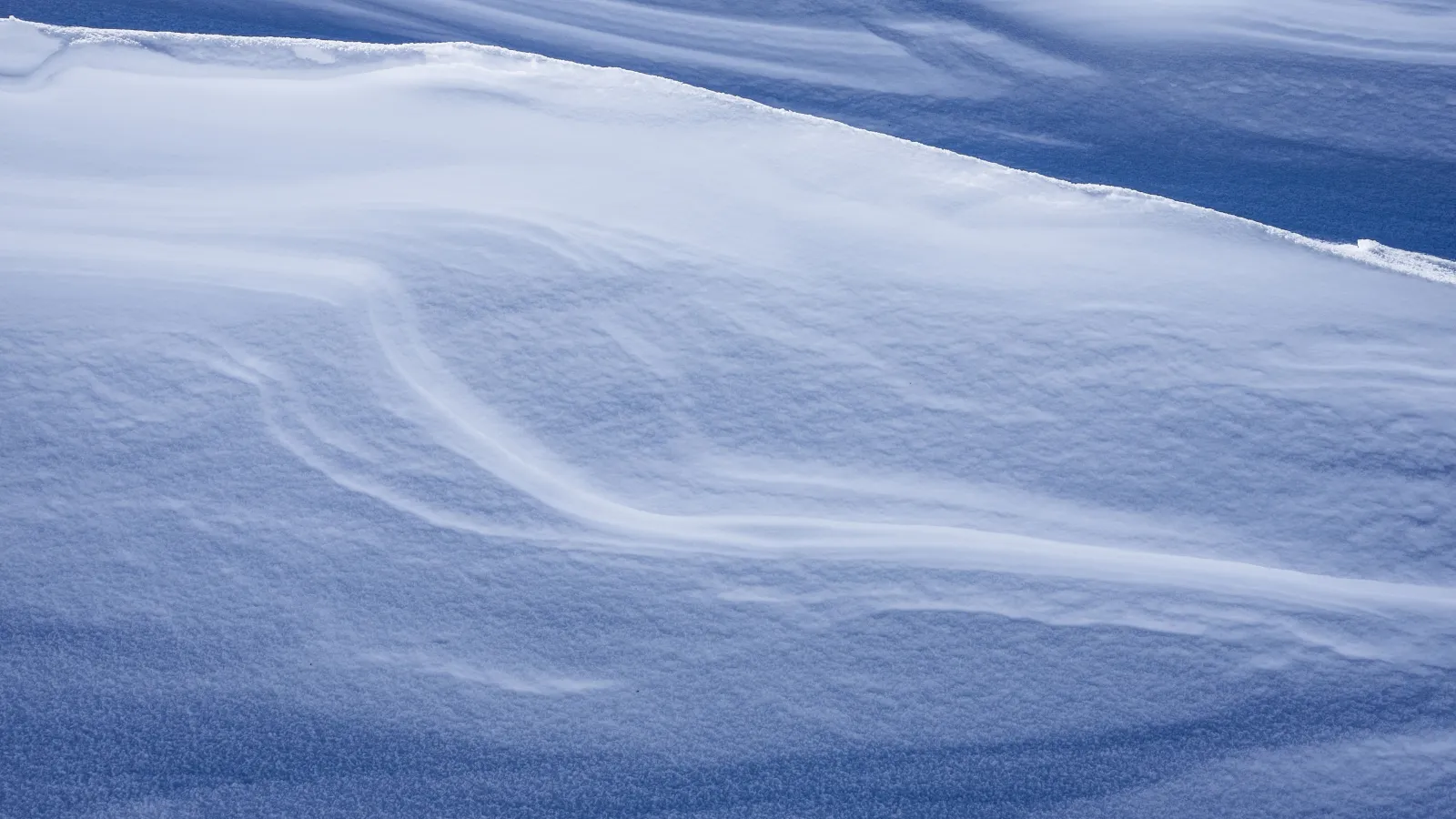Did the Woolly Bear get it right this year?
Every fall, the Woolly Bear Festival is held in Vermilion, Ohio, a small town just outside of Cleveland (home of our national headquarters). It is the largest one-day festival in the state and the brainchild of Dick Goddard, who has been doing the weather on the local nightly news since the 1960‘s and hosting the celebration for the past 41 years.
Mr. Goddard is indeed a meteorologist, but the Woolly Bear is not a bear at all. It is a striped caterpillar that hatches in the summer and turns into the nondescript Isabella moth in the spring. So why the big fuss—the parades, contests, woolly bear races, costumes and speeches?
The reason is that the Woolly Bear is rumored to predict the coming winter‘s weather. How? By the appearance of its “coat”. The Woolly Bear‘s body is comprised of numerous segments which form three bands of color—the center band is reddish and the outer bands are black. Each year, the width of the bands varies. Research conducted in the mid-twentieth century by Dr. C. H. Curran, curator of insects at the American Museum of Natural History, indicated that the wider the black bands, the colder, harsher, snowier, and longer the winter would be. Thinner black bands meant a milder winter.
So what did the Woolly Bear predict for this winter? Master of Ceremonies Goddard announced to the gathering of thousands that this year‘s configuration of bands meant an early onset of winter with cold and snow through the New Year (CROWD BOOS). However, things would ease up after that and spring would come early (CHEERS FROM CROWD). Everyone went home happy, especially 12-year-old Brandon Melvin, whose Woolly Bear named Joey ran away with the Woolly Bear 500 trophy by crossing the finish line in an astonishing 21.4 seconds.
Next up…Punxsutawney Phil (the groundhog) tells us exactly HOW early spring will arrive. Stay tuned.



